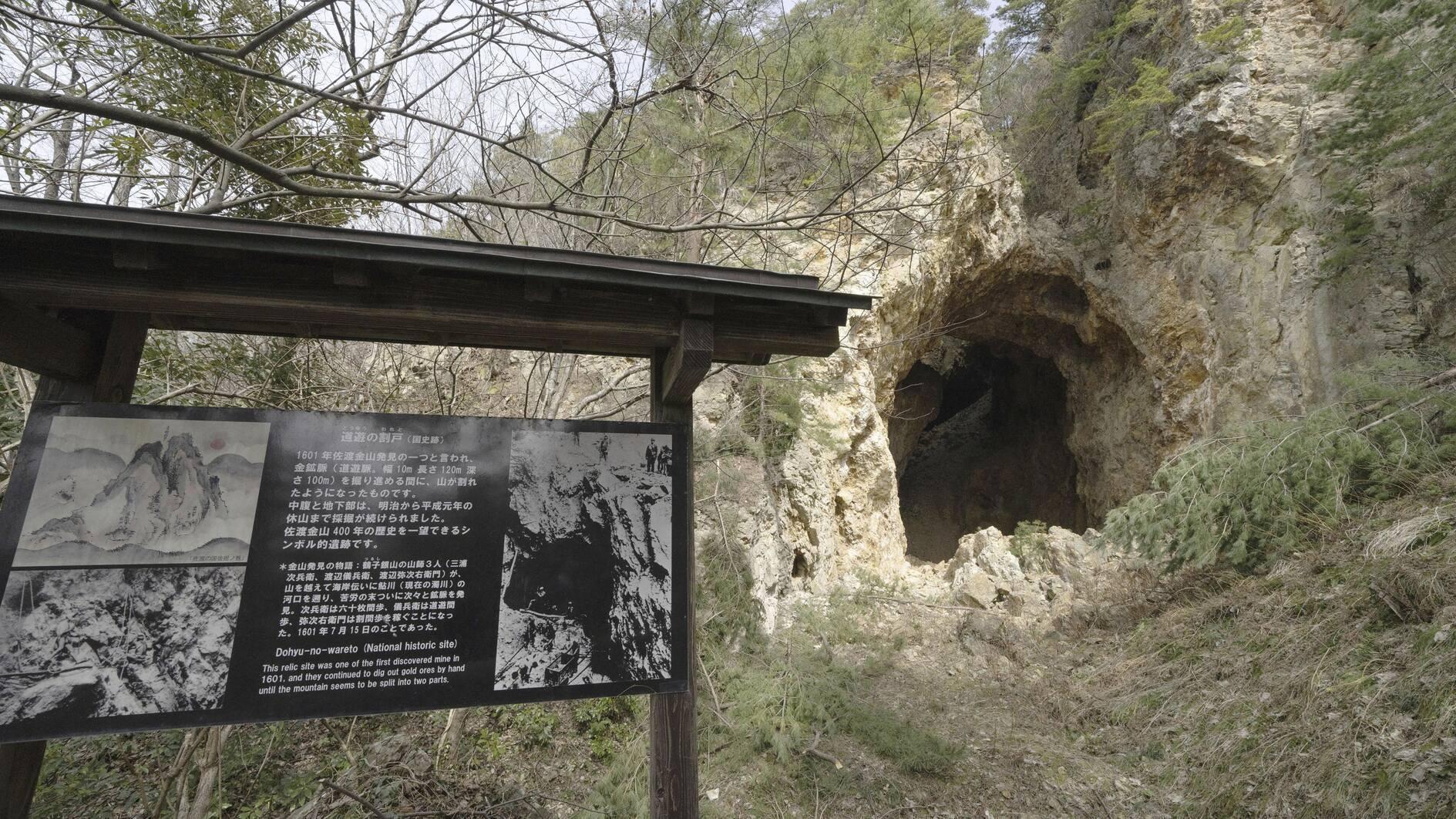
Japan's Sado mines added to World Heritage list. A network of mines on a Japanese island infamous for using conscripted wartime labor was added to UNESCO's World Heritage register on July 27 after South Korea dropped earlier objections to its listing.
The decision was taken during the 46th annual meeting of the United Nations World Heritage Committee, which is taking place in India's capital New Delhi.
The Sado gold and silver mines, now a popular tourist attraction, are believed to have started operating as early as the 12th century and produced until after World War II.
Japan had put a case for World Heritage listing because of their lengthy history and the artisanal mining techniques used there at a time when European mines had turned to mechanization.
The proposal was opposed by Seoul when it was first put because of the use of involuntary Korean labor during World War II, when Japan occupied the Korean peninsula.
UNESCO confirmed the listing of the mines at its ongoing committee meeting in New Delhi after a bid highlighting its archaeological preservation of "mining activities and social and labor organization."
The World Heritage effort was years in the making, inspired in part by the successful recognition of a silver mine in western Japan's Shimane region.
South Korea's foreign ministry said it had agreed to the listing "on the condition that Japan faithfully implements the recommendation... to reflect the 'full history' at the Sado Gold Mine site and takes proactive measures to that end."
Italy’s ancient Roman Appian Way was another place admitted to the UNESCO World Heritage List on July 27, becoming the country’s 60th entry on the list.
At more than 800 kilometers long, the Appian Way, known as the “Queen of Roads,” is the oldest and most important of the great roads built by the Ancient Romans from 312 B.C.
The Appian Way marked a revolution in road construction, quickly becoming the most important roadway connecting Rome with the southern part of the peninsula.
This strategic corridor ensured access in all weather conditions and allowed Roman legions swift and unchallenged conquests.
The bid for its inclusion in the UNESCO heritage list, prepared by Italy’s Culture ministry, was declared successful during the 46th session of the World Heritage Committee, taking place in New Delhi.
The scene of an apartheid-era massacre and a village where Nelson Mandela lived as a boy was also added on July 27 to World Heritage List, in an entry honoring South Africa's struggle that ended white-minority rule 30 years ago.
The new listing is made up of 14 locations across South Africa grouped by UNESCO as "Human Rights, Liberation and Reconciliation: Nelson Mandela Legacy Sites."
Also added to the list on July 27 was the Beijing Central Axis, a collection of former imperial palaces and gardens in the Chinese capital.
Brazil's Lencois Maranhenses National Park, famed for its white dunes that fill with blue and emerald lagoons in the rainy season, was on July 26 declared a UNESCO World Heritage Site.
The vast park, named for the dunes' resemblance to a bedsheet spread across the landscape — "lencois" means sheets in Portuguese — is located in the northeastern state of Maranhao, in a transition zone between the Amazon, Cerrado, and Caatinga biomes.
Lencois Maranhenses is the 24th site in Brazil to make it onto the list of places of significant cultural or natural significance.
The national park was created in June 1981 and covers an area of 156,000 hectares, more than half of which offers a landscape of dunes and multi-colored lagoons, which attract more than 100,000 tourists each year.
According to UNESCO, it is the largest expanse of dunes in South America.
The UNESCO committee meeting runs until July 24.